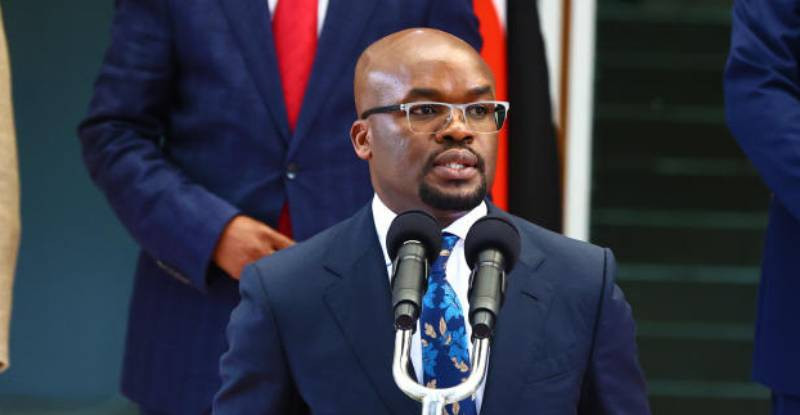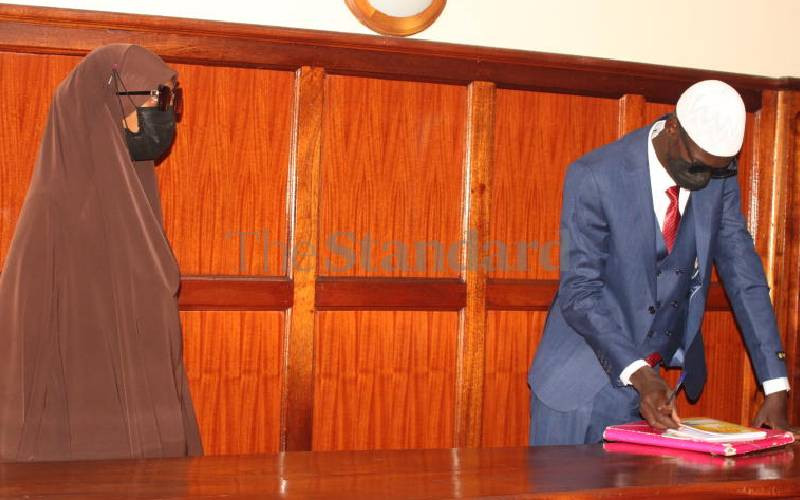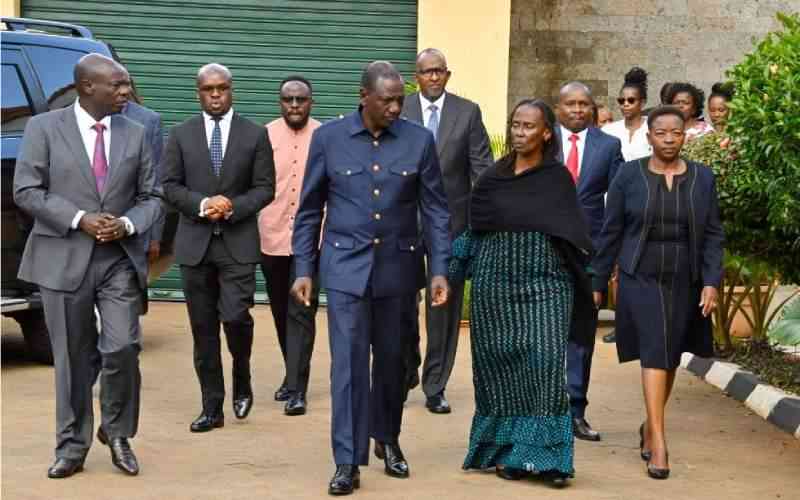In the wake of the recent acts of terrorism and violence, the image of Kenya as a leading tourist destination is strained.
Even acts seen as trying to address insecurity have ended up denting the image of a country at peace with itself and its neighbours.
For example, the international news agency, Al Jazeerah covered police operations in detail, even interviewing residents and getting their opinion and the consequences of such raids.
Inasmuch as the Government has a responsibility to ensure all citizens live in peace and without fear of attacks, the image beamed around the world is one of a country that is falling to pieces and unable to contain the runaway insecurity within its borders.
Our news media, however, need to take all these into perspective.
For insecurity is, more than anything else, an issue of perception.
The more we portray and showcase our level of insecurity, the more investors and visitors will avoid our country.
What would appear to the police as being in control has a negative multiplier effect especially when they carry out pre-dawn raids in estates and places of worship.
Yet the raid in Mombasa came only days after cattle rustlers killed scores of police officers in the line of duty in Kapedo.
From the news clips, it is easy to assume that the insecurity problem is getting worse and not better as those high up have told us.
In fact, more than the problem of radicalised Muslim youth, the country is facing a myriad of other forms of insecurity.
Cattle-rustling, illicit drugs, organised urban gangs, ethnically motivated clashes and more recently, stripping of women in public over perceived nudeness.
All these have a negative consequence for the economy and give undue legitimacy for groups hell-bent on holding us back.
And especially those glorifying macabre killings and violence.
As happens in the Middle East in Syria and Iraq, where the Islamic State (ISIS) is holding sway, the intention of chilling deaths captured on video is to rattle the public, and thereby force the authorities to halt their campaign to rid our borders of terror sympathisers.
So the camera will roll while the atrocities go on.
Stay informed. Subscribe to our newsletter
In Kenya, any time an incident takes place that has to do with perceived or real terrorism, by reporting it, the media inadvertently magnifies it.
Indeed, the goals of terrorists are not solely confined to winning the attention of the masses.
In addition to that, through the media, they aim to publicise their political causes, inform both friends and foes about the motives for terrorist deeds, and explain their rationale for resorting to violence.
They further aim to be treated like regular, accepted, legitimate world leaders, as the media gives them a similar status.
That is to say, for terrorists, the media functions as a tool to shrink the power asymmetry between them and the entity they fight against in an actual and ideological warfare, create an atmosphere of fear and suspicion, legitimise their acts, and reach greater audiences.
Given these motives, terrorists arguably carry out their attacks rationally and strategically with full awareness of the influence of media coverage on their acts.
They like to bask in the media limelight, soaking up the false sense of heroism that comes with it.
Terrorism is a category of political violence, which is intended to influence foreign and domestic governments, as well as communities.
In Terrorism and the Media: A Dangerous Symbiosis, Arda Bilgen says terrorism uses its immediate victims and material targets for semiotic and symbolic purposes.
Attacks are designed to create an atmosphere of fear or a sense of threat. In the same vein, terrorism can also refer to politically motivated deeds perpetrated by groups or individuals for the sake of communicating messages to a larger audience.
In any case, the terrorists’ need for media publicity and media’s need for a greater audience and profits form a symbiotic relationship between terrorism and the media.
The media finds itself in the horns of dilemma: Damned if they report; damned if they don’t report.
Starving the terrorists of the oxygen of publicity can become possible and more robust steps can be taken to win the ideological and actual battle against terrorism.
Yet the public has the right to be informed dispassionately.
The media must therefore balance between the right (of citizens to be informed) and the responsibility (of being a force for good in society).
 The Standard Group Plc is a
multi-media organization with investments in media platforms spanning newspaper
print operations, television, radio broadcasting, digital and online services. The
Standard Group is recognized as a leading multi-media house in Kenya with a key
influence in matters of national and international interest.
The Standard Group Plc is a
multi-media organization with investments in media platforms spanning newspaper
print operations, television, radio broadcasting, digital and online services. The
Standard Group is recognized as a leading multi-media house in Kenya with a key
influence in matters of national and international interest.
 The Standard Group Plc is a
multi-media organization with investments in media platforms spanning newspaper
print operations, television, radio broadcasting, digital and online services. The
Standard Group is recognized as a leading multi-media house in Kenya with a key
influence in matters of national and international interest.
The Standard Group Plc is a
multi-media organization with investments in media platforms spanning newspaper
print operations, television, radio broadcasting, digital and online services. The
Standard Group is recognized as a leading multi-media house in Kenya with a key
influence in matters of national and international interest.







